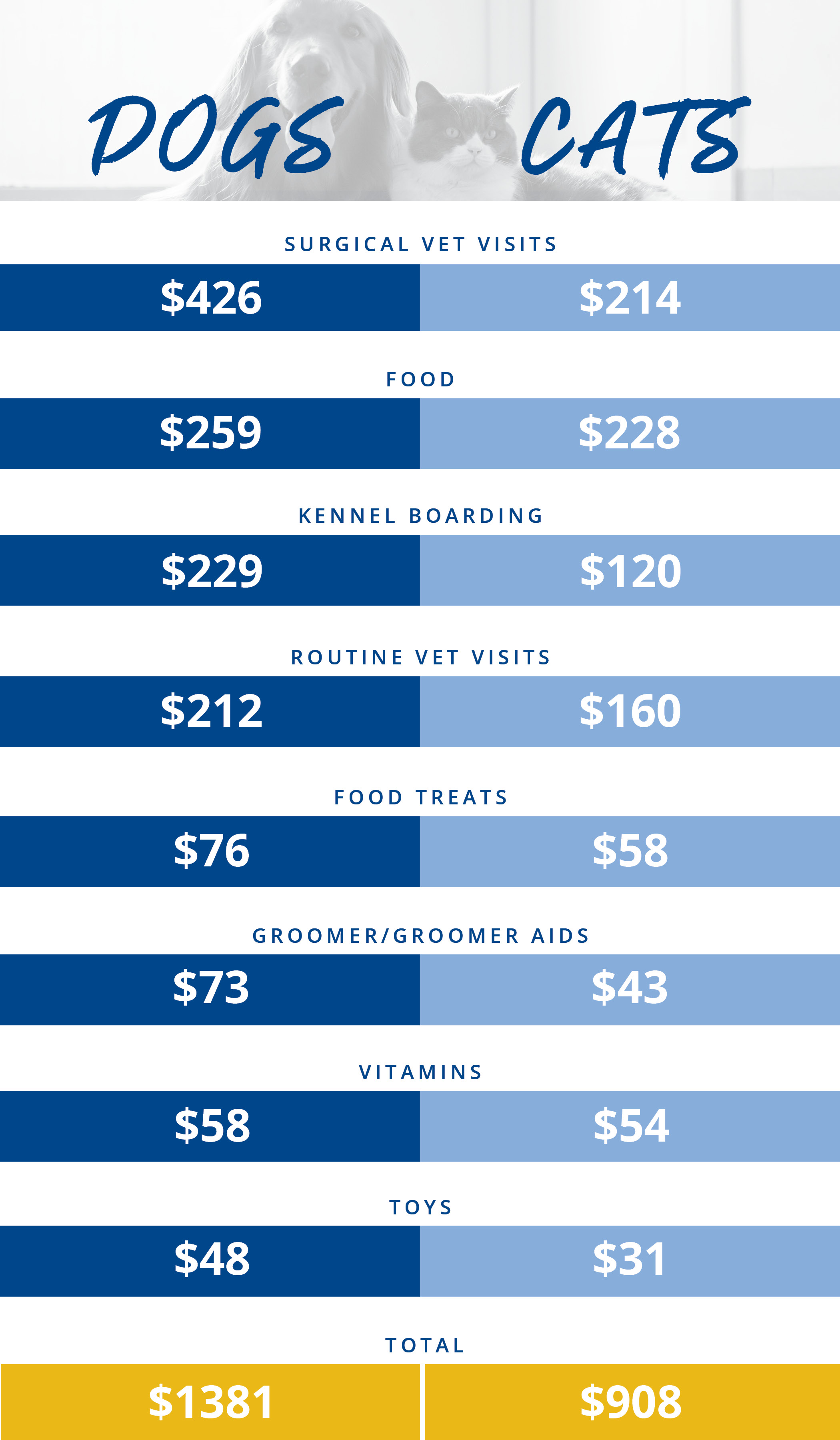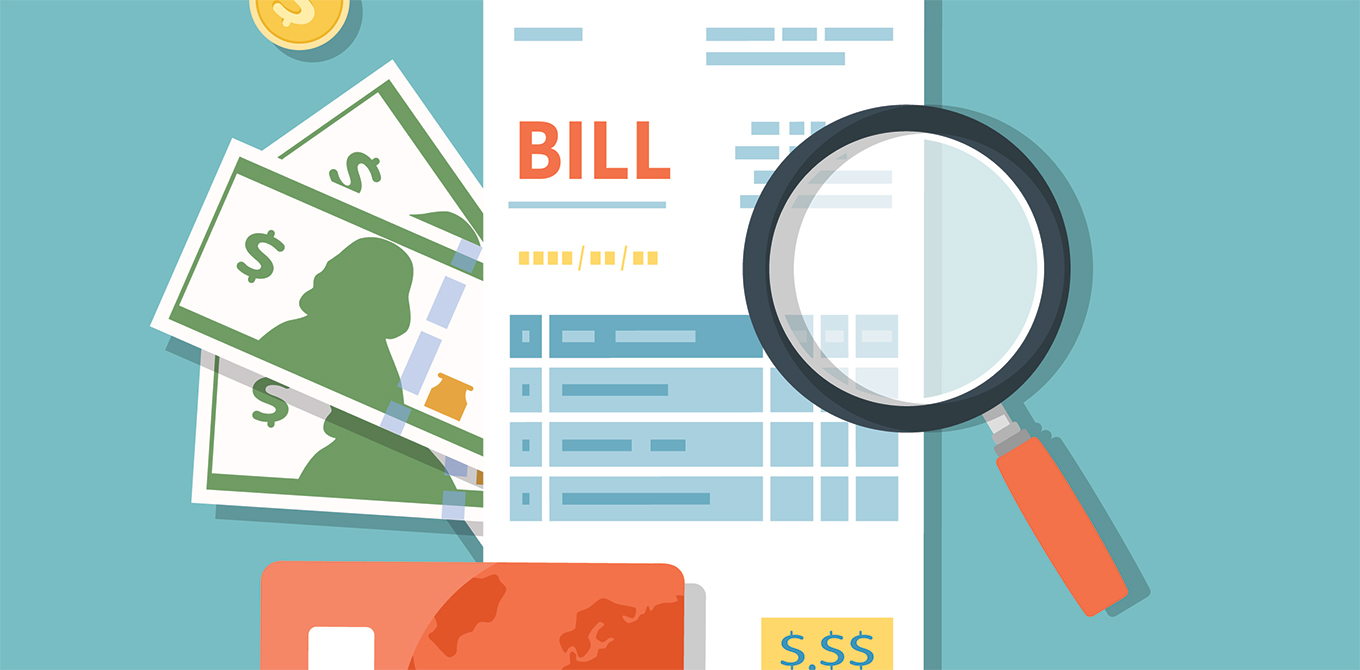The True Cost of Owning a Pet
Pets may be more popular in America today than baseball or apple pie.
In fact almost 85 million U.S. homes, about 67% percent, have a pet, according to the American Pet Products Association (APPA). Dogs and cats were the most popular, with about 63.4 million and 42.7 million owners, respectively. Other pets included fish, birds, other small animals, reptiles, and horses.
Getting a pet, whether a dog or a bird, is an exciting, but life changing decision. You’re basically picking a member of your family and the decision can be an emotional one, driven by thoughts of sunny afternoons playing fetch at the park or rainy mornings with your cat luxuriating in your lap. It’s important to remember that animals are financial responsibility, and it's best to know what to expect before bringing your furry friend home.
Depending on the pet's needs, related expenses can range from the basics of food and veterinarian care to grooming, insurance and pet walking services.
How much does a pet cost?
The answer depends on what type of pet you get. You’re also likely to spend more in the first year than subsequent years.
The American Society for the Prevention of Cruelty to Animals (ASPCA) breaks down the price of owning a pet into first-year costs and annual costs.
First-year costs include spay or neuter services, deworming, basic blood test, microchipping, collar, leash, carrier box, crate, training class, and, for cats, litter box and scratching post.
Annual costs include food, recurring medical expenses, toys, treats, license fees, pet health insurance, miscellaneous other expenses.

Source: ASPCA
A 2019 survey from the American Pet Products Association offers some clues about the actual costs. The survey asked pet owners to recall how much they'd spent in the last 12 months in various categories.
This chart shows the type of costs they reported (each expense is not required for all pets):

Grooming services for long-haired dogs can potentially cost an extra $264 to $408 annually.
Other Costs – Damage and Injuries
Something we don’t always consider is the cost of fees or damage your pet may cause. If you don’t own your home or apartment, many rental properties will charge an extra fee if you own a pet. Be sure to check with your landlord or property management company so you can add that additional cost into your budget.
Keep in mind that a new dog or cat could cause damage to your furniture, flooring, and yard. If your pet damages a neighbor’s property or causes an injury, you could potentially be responsible for paying for those costs.
Be proactive with care and save in the long run
Fortunately, there are ways to save if you decide to get a pet. Consider opening an account with funds dedicated for pet care, so when your pet needs care, you’re prepared.
The ASPCA also recommends:
- Take your pet for regular checkups and preventive care, such as spaying or neutering, teeth-brushing, and topical flea and tick treatments. Consider pet insurance to help you prepare of unexpected injuries and illnesses.
- Follow vaccine protocols based on what's required by local laws and your pet's needs. You may not need to say yes to every optional vaccine that's available.
- Feed your pet premium pet food, and don't overfeed to avoid obesity and other health problems.
- If you’re able, groom your pet yourself at home.
By taking the time to follow these tips and giving your pet the care it deserves, you’ll help ensure a healthier, happier pet and cut down on bills.
Do your research and budget
By doing your research on the costs, you can accurately budget for your new family member.
- If pet insurance isn’t an option, set aside $1,000-$2,000 as an emergency fund to prepare for the unexpected.
- Boarding and pet sitting bills can add up. Consider trading pet sitting duties with a neighbor or trusted friend.
- The ASPCA cites preventive veterinary care as the number-one way to cut pet care costs. A yearly checkup can save you money down the road.
Whether yours is a dog named Max or a cat named Bella, you probably think of your pet as part of your family and worth every penny.




